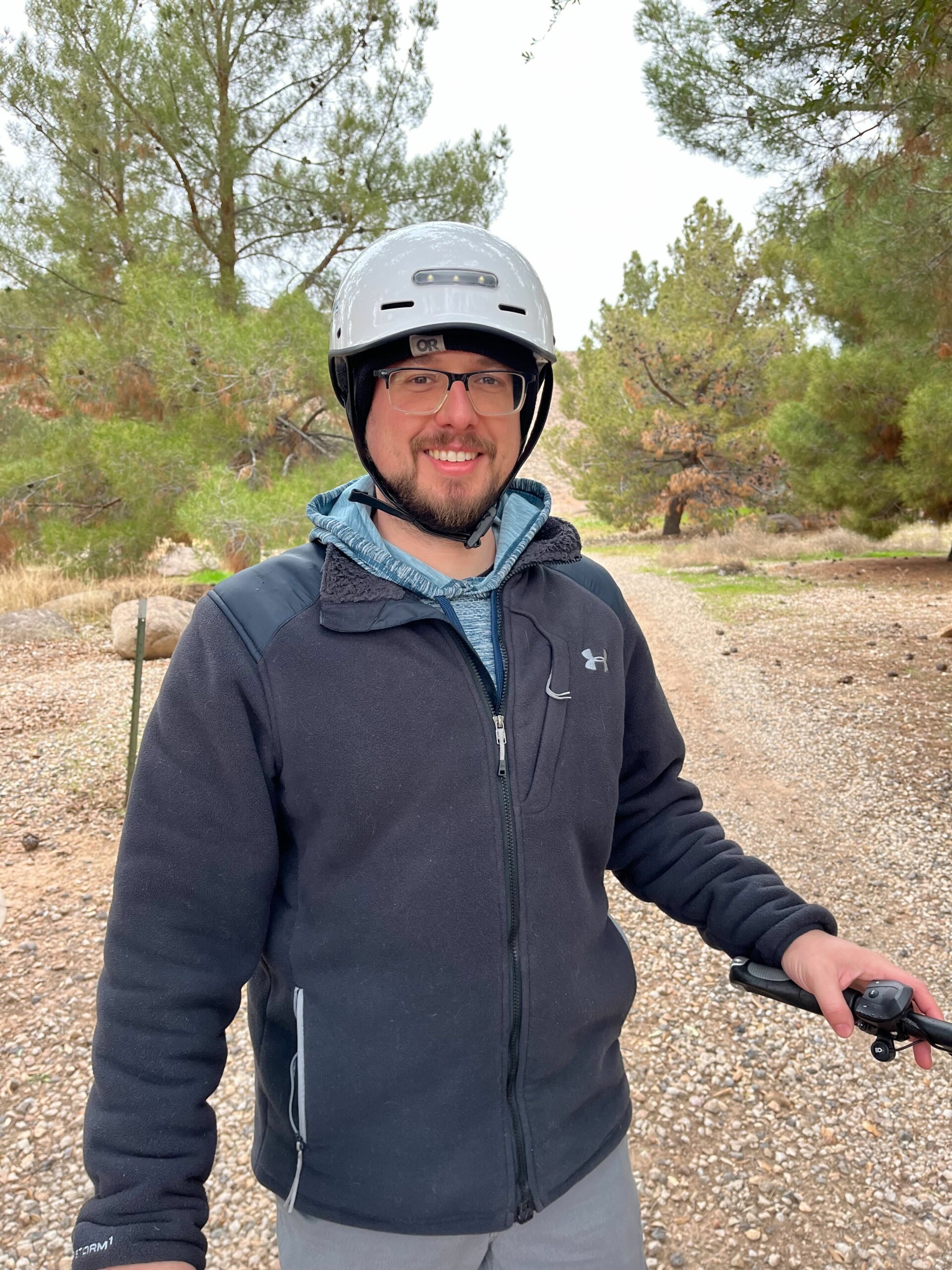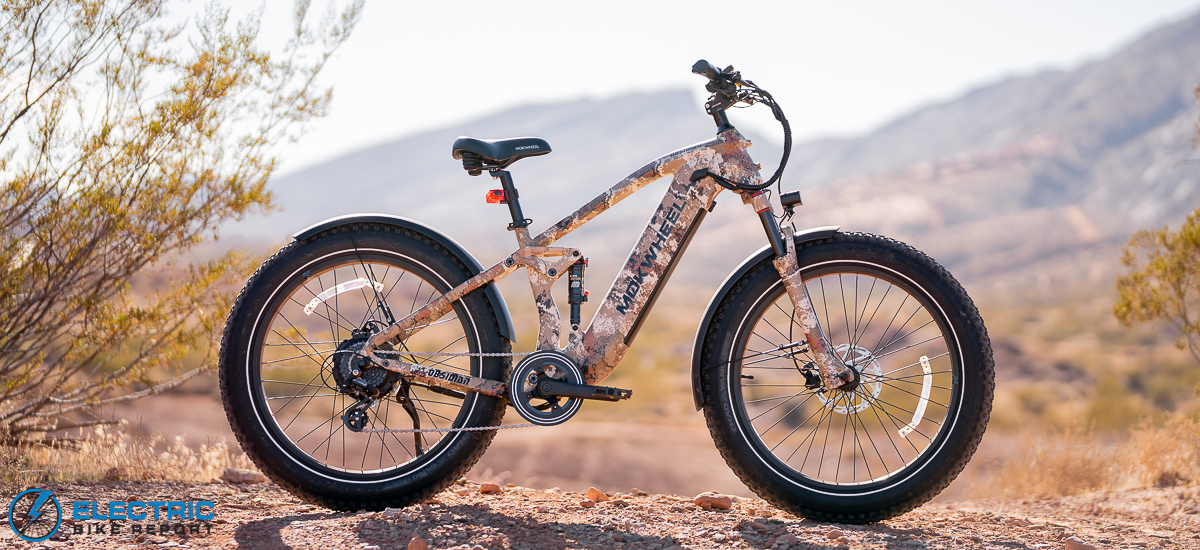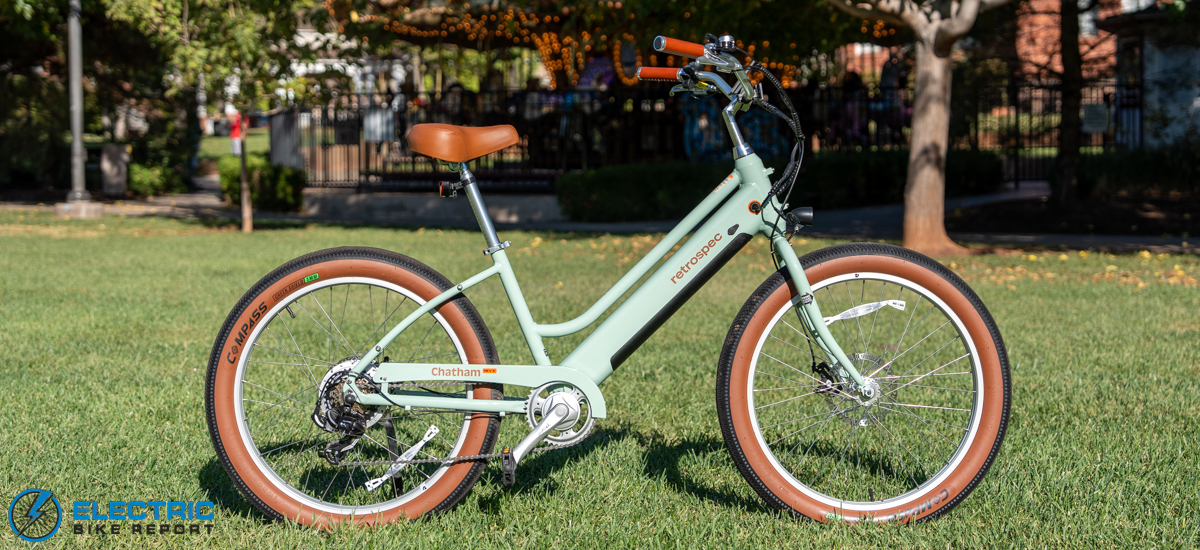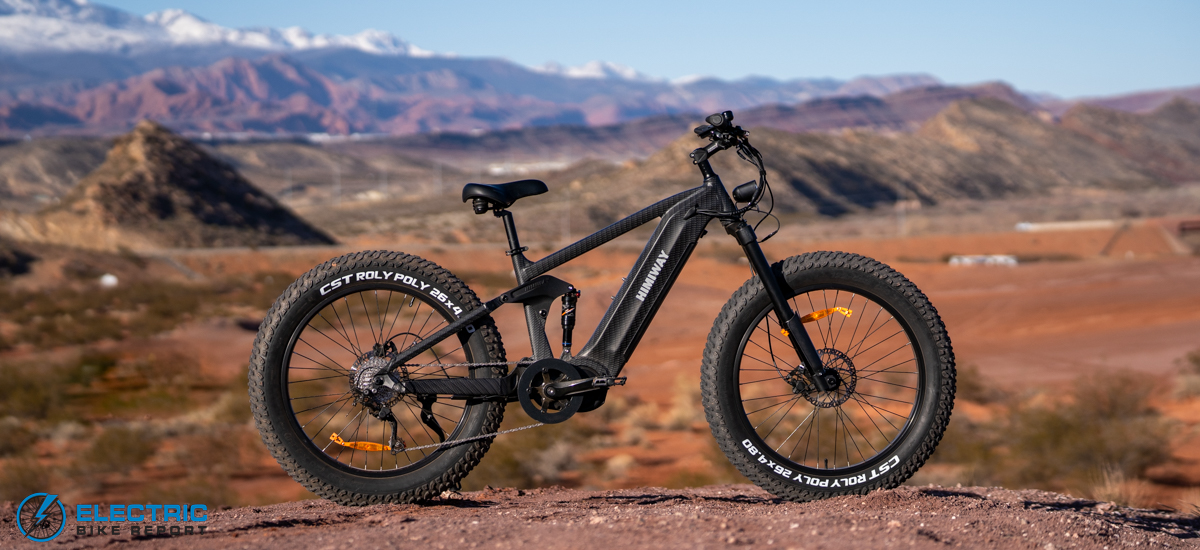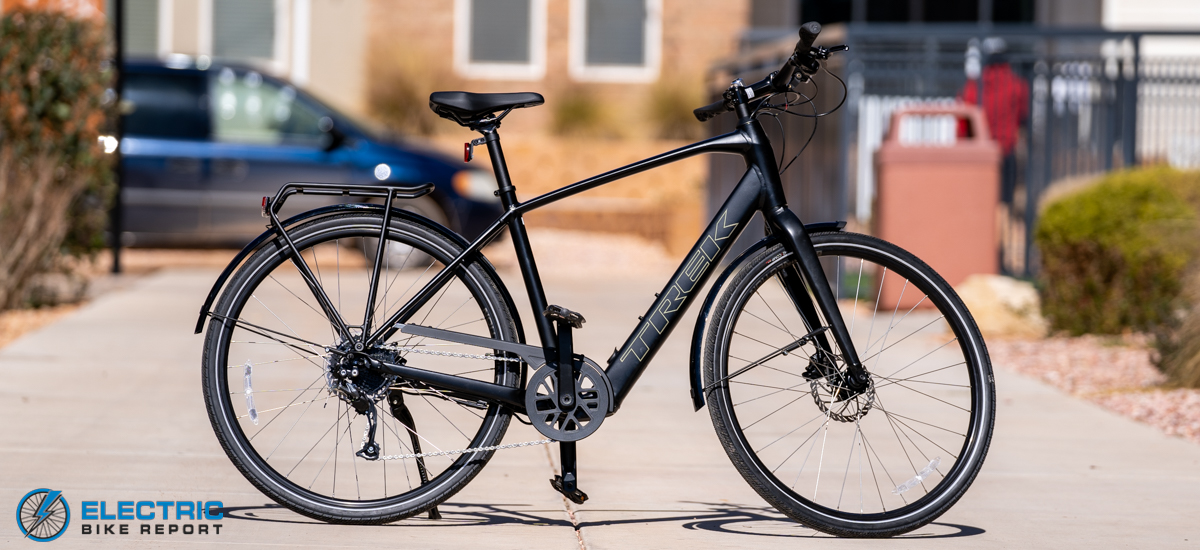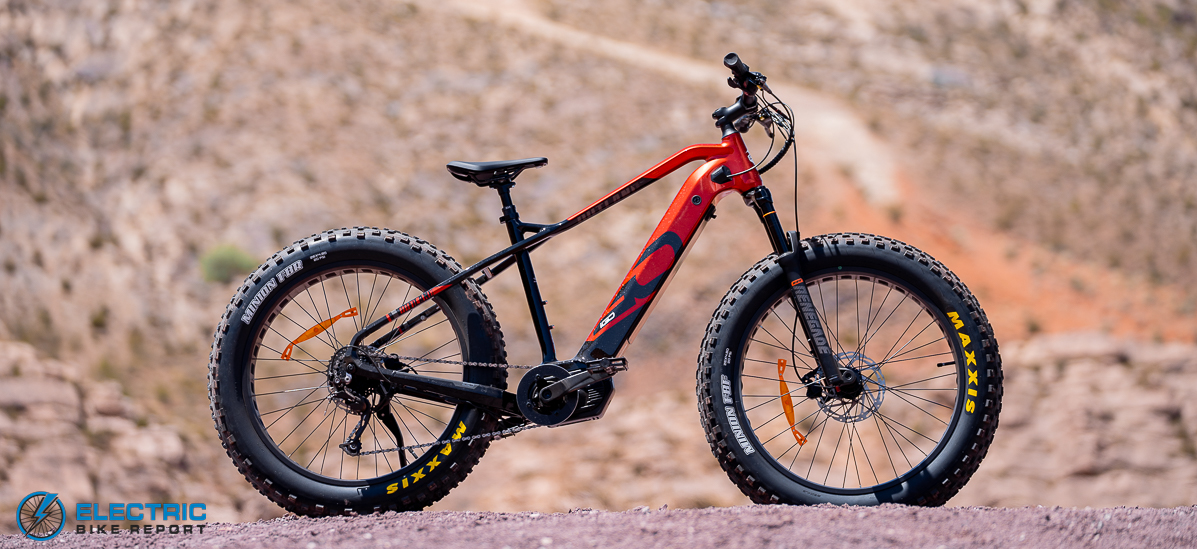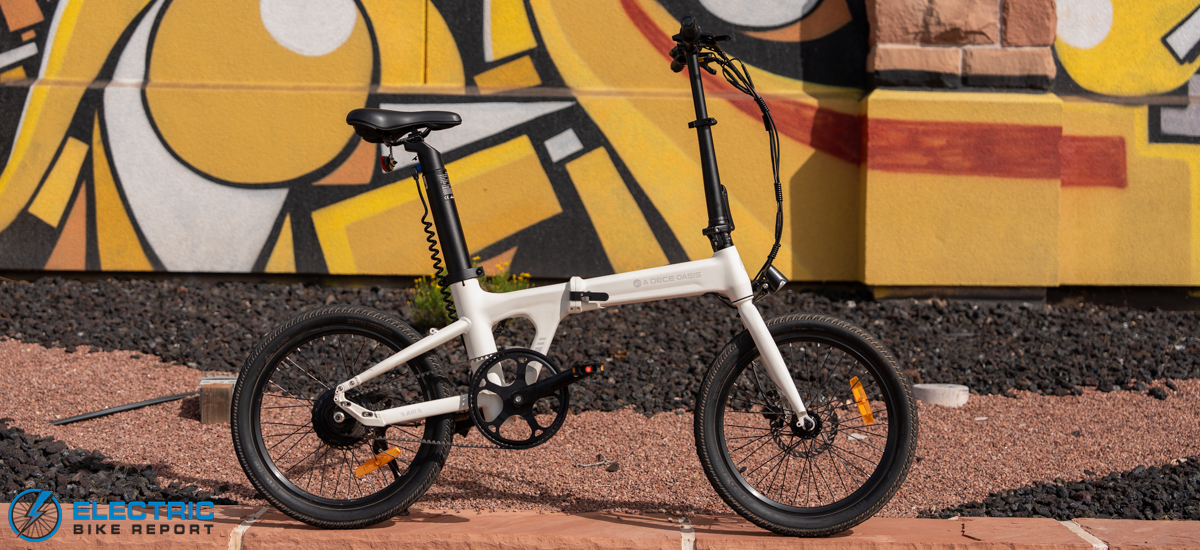A no-nonsense, high-tech, and high-performance carbon fiber commuter with incredible range, versatility in spades, and an exceptionally natural feel.

Precision. Performance. Versatility.
These are the first three words that came to mind when reflecting on my testing of the Specialized Turbo Vado SL 2.
From first glance (and first ride), it was clear that this sleek, angular commuter made no compromises in its design and function. This machine takes itself seriously, setting a high baseline for being a bike first and then upping the ante with high-end tech and a smart, robust app.
The bike’s foundation is a sculpted, lightweight carbon fiber frame that reminded me of the Batmobile—if Bruce Wayne rode an e-bike to fight crime.
This simultaneously rigid yet flexible material lends the Vado SL 2’s ride a softer quality than aluminum or steel but also increases its agility and maneuverability. The bike felt nimble and energized even when riding with low levels of pedal assist.
The Vado SL 2’s foundation is a respectable, reliable component package. At its core is the 320W Specialized 1.2 SL mid-drive motor and a 520-watt-hour (Wh) battery. The bike is also specced with a stem-integrated Future Shock 3.2 suspension, TRP hydraulic disc brakes, a 12-speed Shimano SLX/Deore XT drivetrain, and custom 700c x 47mm all-terrain tires.
We tested the 6.0 EQ (or “Equipped) Carbon model, which included fenders, an MIK-HD cargo rack with mounting studs and pannier stoppers. The bike also features integrated lights, three bottle cage mounts, a color display, and integrated Apple Find My technology.
With so much going on under the hood, we had extremely high hopes for the Vado. Continue reading below to find out how it fared in our series of standardized performance tests!
[Read more…] about Specialized Turbo Vado SL 2 Review | Sleek, Savvy & Stealthy
